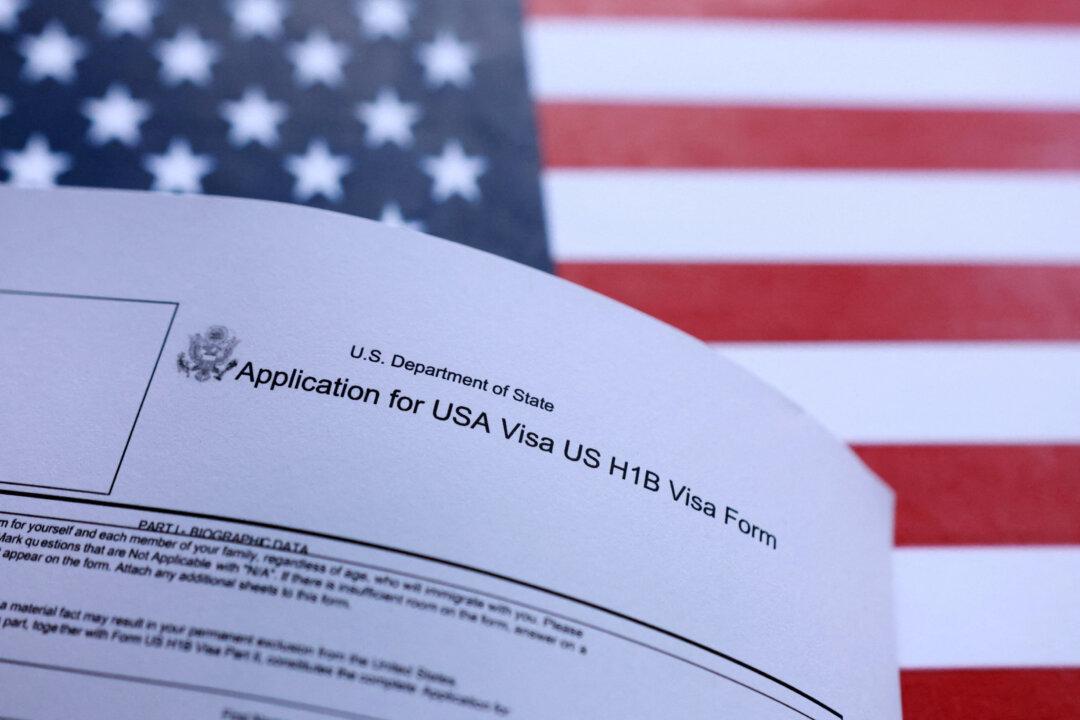Protective-mask mandates aimed at combating the spread of the CCP virus that causes the disease COVID-19 appear to promote its spread, according to a report from RationalGround.com, a clearinghouse of COVID-19 data trends that’s run by a grassroots group of data analysts, computer scientists, and actuaries.
Researchers examined cases covering a 229-day period running from May 1 through Dec. 15 and compared the days in which state governments had imposed mask mandates and the days when they hadn’t.





